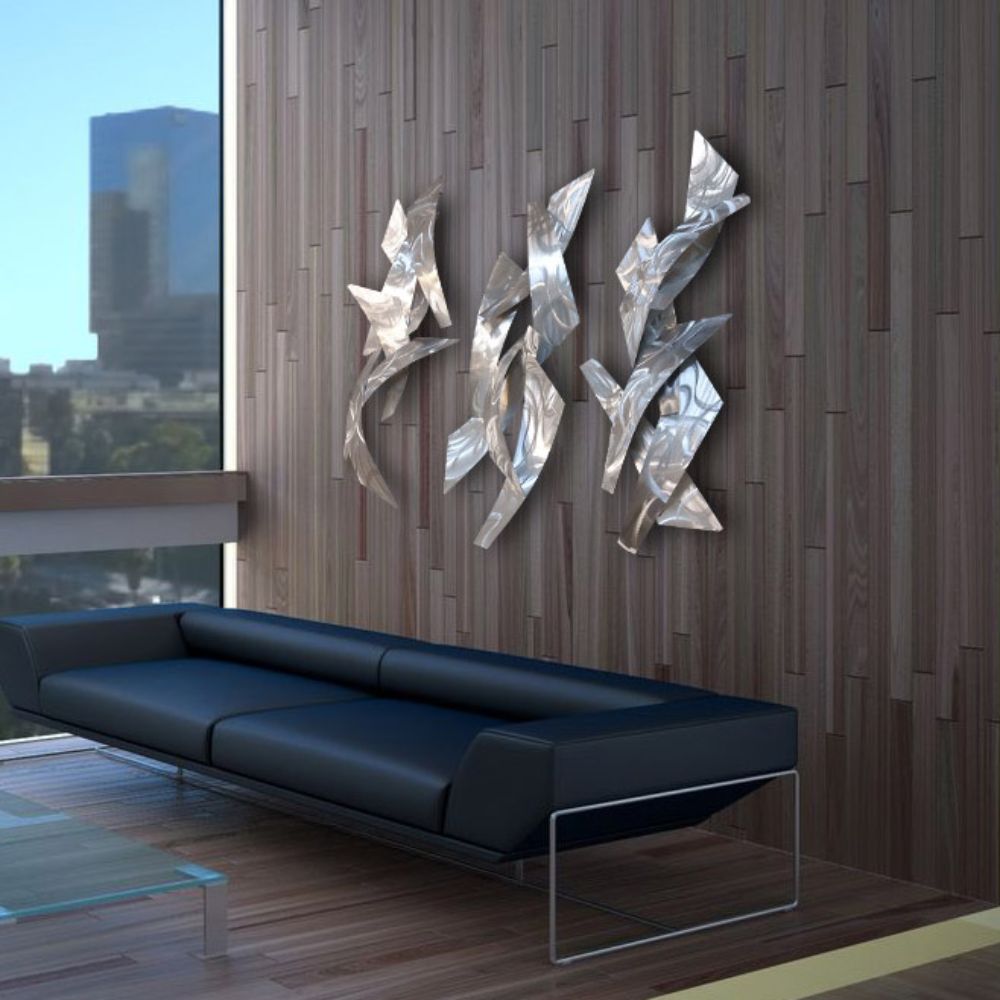
Art sculptures complement architectural design elements as both art forms play with space, shape, and form. Integrating large metal sculptures into architectural designs augments the aesthetic value of a building or a public space, giving it a unique identity and a sense of character. They can also reflect the architectural ingenuity of the building, creating a harmony between the structure’s creative and functional aspects. Explore three ways to integrate large metal sculptures into your architectural designs and enhance your spaces with a unique artistic element.
Focal Point of Aesthetic Appeal
Using large metal sculptures as the focal point of a building’s aesthetic appeal is one popular strategy. Sculptures can transform an ordinary architectural space into a hub of creativity and inspiration. Metal sculptures command attention with their sheer scale and engage visitors by altering their interaction with space.
The sculptures invite onlookers to navigate around them, offering a tangible experience that is both spatial and visual. This interactive quality promotes a personal connection between the sculpture and the individual, allowing for multiple perspectives and interpretations. The reflective surfaces of metal artworks can mirror the environment and the people within them, creating a fluid dialogue with the surroundings and blurring the boundaries between art and life. Sculptures as focal points in architectural designs turn static spaces into lively arenas for engagement, inspiring curiosity and wonder among the audience.
Functionality and Utility
Large metal sculptures extend beyond aesthetic contributions. These sculptures can blend seamlessly with the architectural vision to become integral structural components such as support columns, gates, or bracing elements. Large metal sculptures can also serve as functional pieces of urban infrastructure—such as shading devices, water features, or benches—each designed with an artful twist.
Environmental Integration
You can use large metal sculptures to integrate and accentuate different details of a place, adding character and integrating your designs with the local environment. Sculptures can highlight a community’s culture, commemorate a significant part of the area’s history, or reflect the surrounding natural elements.
Dustin Miller’s large outdoor metal sculptures take inspiration from and mirror the beauty of nature. Integrating one of Miller’s sculptures into architecture surrounded and immersed in nature can further bring elements of the environment into the architectural design.
The integration of large metal sculptures in architecture offers a unique way to express creativity, serve a purpose, and enhance environmental ambiance and connection. Their presence resonates with the viewers, transforming the structures from mere buildings to experiential spaces. Sculptures are the epitome of art meeting architecture, making them the perfect complementary addition to any space design.





